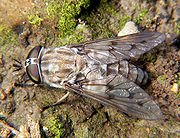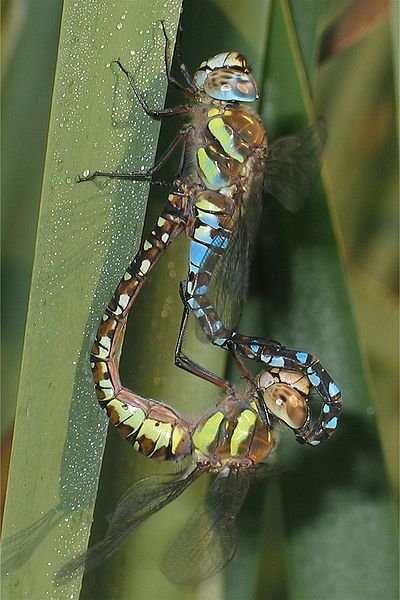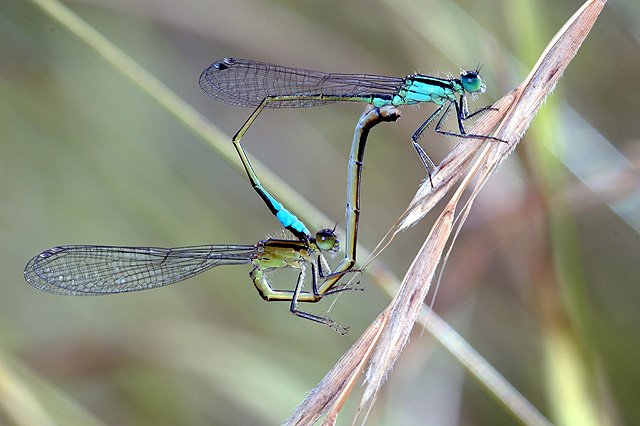|
TRANSLATIONS
We must take a short pause in our Maya calendar studies. We cannot loose contact with the real problem - how to read rongorongo. The quest for the location of Haga Takaúre in the text of Small Santiago (G) has as its first page:
I decide to document all glyphs belonging to the type takaure. There are none in the Tahua text. In Aruku Kurenga there are no more than those which I found earlier when searching for the key words takaure, veveke, koka, pepe, and makere. In Mamari there is a sequence of glyphs which catches all takaure cases:
The characteristic features of takaure glyphs are the two downwards oriented arms, usually cut off, and a rounded bottom end (no legs other than such which are signs of some other entity). Ca6-13 must be a takaure glyph, while on the other hand Ca6-14 is not. Probably Metoro's takaure at Ca6-14 refers to Ca6-13. Possibly the sequence (Ca6-11--16) refers to the same phase in time as the sequence in which Gb3-5 is located, the takaure glyphs are rather rare and the occurrence of vai (Ca6-12 and Gb3-5) in both texts should be noted. Neither in Mamari are there any more takaure glyphs than those earlier discovered by seaching for the key words. It means there is an exceptionally good correspondence between glyph type and the insect words. A rare and distinct glyph type which we partially understand probably is very useful. In the Santiago Staff there are only four takaure glyphs:
In Small Washington Tablet there are three glyphs which possibly allude to takaure:
In Large Washington Tablet there is one such:
Those are all possible takaure glyphs in the surviving rongorongo texts. In Australia a horse-fly is called a march fly I read in Wikipedia:
The wings of a horse-fly do indeed resemble the short stubby arms of the takaure glyph type. How can such an insignificant insect catch the imagination? I would rather suggest a dragonfly or a damselfly to be worthy of attention:
These insects have a body form (at the proper time) very much like the form of Scorpio and mago:
|
||||||||||||||||||||||||||||||||||||||||||||||||||||||||||||||||||||||||







